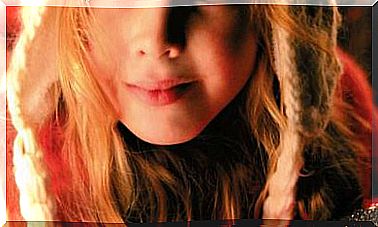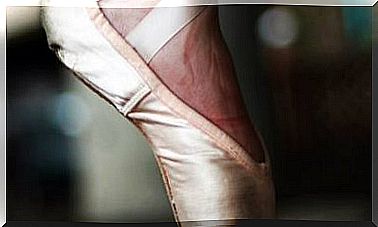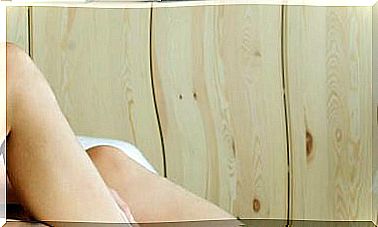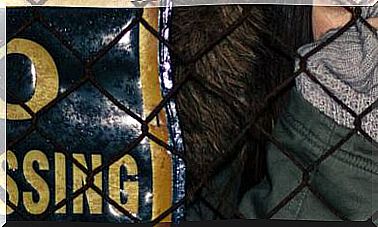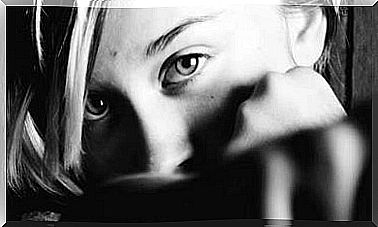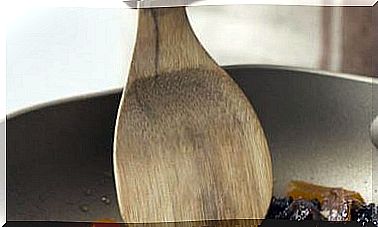“Going From ‘me’ To ‘we’ Makes Us Happier”
We are moving away from our essence, joyful and generous by nature, to become an individualistic and unhappy society. Therapist Thomas d’Ansembourg reflects on how non-violent communication and silence help to connect with our inner wisdom, transform us, end our discomfort and, at the same time, benefit society.
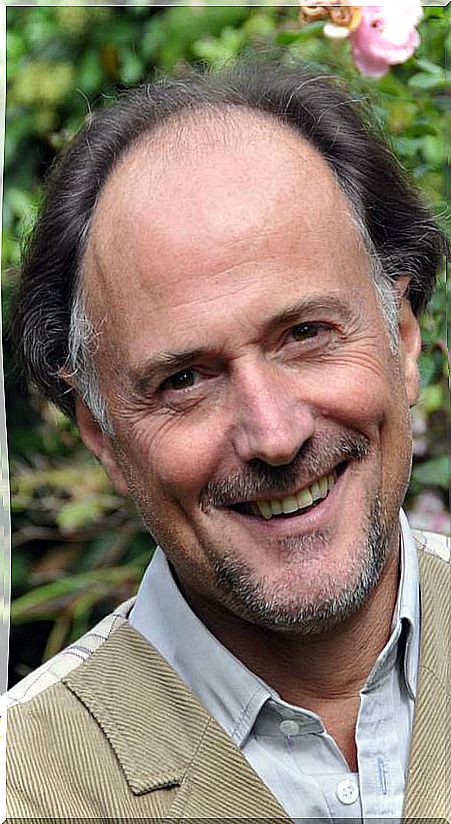
Thomas d’Ansembourg is one of the most internationally renowned disseminators of Nonviolent Communication created by his teacher Marshall Rosenberg. In his new work, From me to us. The inner citizen: the best of oneself at the service of others (Ed. Arpa), collects authentic stories of people who have undergone a process of personal transformation from the individualistic “I” to the generous “we”, who have managed to end their discomfort and, at the same time, benefit society.
– What can we learn from these true stories?
–That to recover the ‘we’ we must work our interiority. This book collects what I have observed accompanying many people in their transformation process. I have found that the more they try to understand how they feel, to get rid of their personal hells and to align themselves on their red thread, the happier and at peace they are – which is wonderful – but also, instead of being open to narcissism, the more they open up to the world and contribute to making it better.
For example, I accompanied a mother who had suffered a lot in her childhood. She educated her young children as best she could until one day the pain she experienced when she was little returned with such force that she fell into alcoholism so as not to feel it. He stopped taking care of his children, taking care of them, cooking for them … until he realized that he had entered a process of self-destruction. In therapy, working on herself, she understood that she was fleeing a wound that needed to be healed, she learned to respect herself, and she overcame her alcoholism. Her personal growth meant putting the “I” at the service of the “family we” because she was able to take care of her children much better.
“We live in very individualistic societies that lead us to feel a clear division between the ‘me’ and the ‘you’. So much so that we have forgotten the ‘we’, despite the fact that the ‘us’ is essential to ensure our survival and constitutes our greatest source of well-being ”.
–When we grow internally, do we do a social good?
“Another very moving case was that of Charlotte.” When he came to my office he was 20 years old and had twice attempted suicide. She was sharply divided by the desire to be a doctor within the NGO Doctors Without Borders to help others and the need to become a painter. He wanted to help people but also to develop his great talent, and his internal struggle to make a decision one way or another was torn. She saw that doing the two things was incompatible and she was so trapped in a binary thought – I am one thing or I am another – that she fell into a depression.
When she came to therapy, the accompaniment consisted of honoring all parts of herself equally: the one who wanted to be a great artist and the one who wanted to help. He said to me: “But, Thomas, how are we going to combine it all?” “We don’t know yet, but you have two beautiful parts in you, the generous and the talented that you need to create. Although we do not yet know how to intertwine them, that does not mean that a solution will not come to us or we will not find it at some point, “he replied. My whole job was to keep Charlotte from putting things in total opposition.
– How did you solve your dilemma?
–Finally she became an art therapist for boys and girls. She works in the south of Brussels putting her talent as an artist at the service of a social cause helping children who suffer from hyperactivity and calm down with art. Charlotte is today a citizen who is in the right place because she has worked to reconcile within herself the parts that were divided. The resources appear if we leave them space for it.
“Our society never talks about discomfort, it promotes permanent well-being and, if you are uncomfortable, buy something … However, discomfort is the true key to transformation.”
–What can we do to make these resources surface?
–What should be a priority in our life is to develop the creative drive that is within us (whether in the form of painting, music, singing, theater, etc.), which is what makes us feel good about ourselves. However, neither the school nor the family help us to do so. Many drug addicts –and I have accompanied many– take refuge in drugs to compensate for what they do not find outside of it precisely because they are not aligned with their creative drive –source of life– and they feel that nothing motivates them.
– Do these transformation processes have common stages?
–Although each path is personal, there are points in common. Like the fact of sitting regularly with oneself in silence, either alone or with others, to immerse ourselves inside ourselves. Silence and Nonviolent Communication (NVC) have allowed me to understand what was happening inside me; and what has served me is what I teach. On this journey it is also important to accept discomfort, which will appear at different times throughout this process of self-knowledge, but which is a necessary discomfort to reach another stage of consciousness.
– What questions will help us to carry out this transformation process?
– The main question to answer is: “Who am I?” We must understand who is hiding behind the character built by mom and dad, by the education received and the cultural and religious context. This character, who has helped us, comes a moment in life that ends up drowning us. The character’s mask prevents us from breathing, but we are unable to remove it. The question “who am I?” It is not possible to answer from the mind or from the will, it is about feeling what our true essence is, something in which the NVC helps us because it invites us to ask ourselves: “What do I feel? What are the pleasant feelings that I have? What are the unpleasant feelings that invade me? What do some and others say about me? This work of discernment will lead us to place ourselves on our red thread.
When we are living on our red thread, we are overwhelmed by happiness, generosity, solidarity and creativity. Whereas when we move away from him, we are invaded by unhappiness, selfishness and aggressiveness. If I feel that my life is expanding, if I am in a state of openness, I live from my red thread. If, on the contrary, I feel that my life is contracted, full of fear, anxiety and mistrust, then I am moving away from it.
–You say that the violence we exert on ourselves is reflected on others …
–That’s right. When I reject a part of myself or do not want to see it – therefore, I treat it with violence – I also reject the other when he reminds me that he is there. Thus, this violence that I exert on myself manifests itself on the other. The other only makes me a mirror. The CNV invites us to systematically observe our reactions to understand and take responsibility for them. It teaches to stop attributing to the other what belongs to us. The anger we have with the other only speaks of us. We can think, for example: “He never helps me, just think about him.”
But perhaps we have never directly asked you for help because we think you must guess what we need. They are reactions of a child who demands that others take care of him. As adults, we must make clear demands. 90% of the anger that you direct against others, if you work on them, you will realize that they are mostly related to what you do. Business leaders get angry with their team because it does not reach the objectives; But when we work with them, we see that most are demanding unrealistic results. Other times, leaders function as if they were alone, forgetting that their team has a need to integrate the rhythm.
“How can we abandon that toxic path?”
–Through the inner citizen. It constitutes a space for inner reflection in which we learn to question our beliefs and point of view. We understand that the other, even if he thinks differently and from other values, may also be right. It is about observing more with the heart. And, by embracing the silence and looking within, we connect with the inner wisdom that all the religions of humanity speak of. The health of the world depends on this development of individual conscience because when we calm down, this peaceful space is contagious and multiplies, something that we urgently need to promote to stop the suicidal behavior of today’s society. Everyone knows what to do to avoid ecological and climatic disasters, but nobody does anything and we get carried away.
– What is the most difficult part of the process?
–Visiting parts of oneself that we do not like, making duels of things that we will not live or do anymore –something that is not pleasant either–, express anger and anger in a constructive way, learn to say “no” without being aggressive (thus how to accept the ‘no’ of others) and understand and listen to the anger of the other. We must learn to accept the rejection of others and go against the current to be consistent with ourselves: accepting criticism and rejection is the price of being free. If we want to please everyone, we are prisoners of our image and that will not make us happy.
“If I have memories that I do not want to relive, experiences of which I have refused to mourn and, suddenly, someone activates them, I am going to get angry with the other for activating this pain when, in reality, I am the one who has the need to clean this inner anger ”.
– Talk about the need to stop … –
Doing many things is the trap not to be with ourselves, or to live. There is a great deep dissatisfaction, bad mood, negativity and lack of energy that denotes that we are not on the right track. We are moving away from our essence, joyful and generous by nature. To transform ourselves, we need the courage to let go of what we hold onto, be it beliefs or personality, question our truth.
–Are we capable of changing?
–We have infinite internal resources to transform ourselves, many more than we imagine. Inside us there is an enormous power of transformation that we despise because of the education we have received and because we distrust life. However, trusting that life takes care of us is very transformative.
In my lectures I usually explain that we are clinging to a small branch, to our certainties, while life flows and pushes the other way. But we are still there, complaining about how hard life is, the effort it takes to live … when all we need is to let go and flow to be carried away by the force of life.
